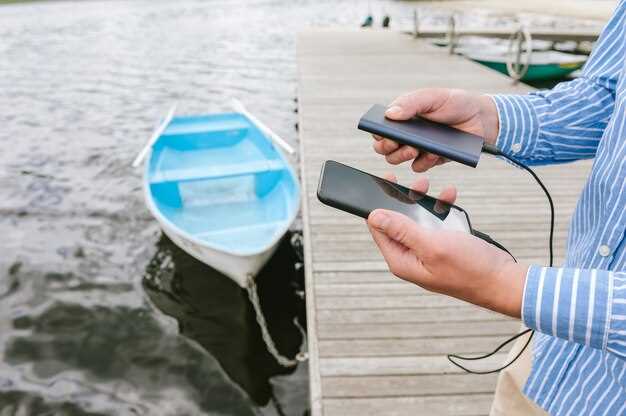
Replacing a marine battery is a crucial maintenance task that every boat owner should be familiar with. A reliable battery ensures that all essential parts of your vessel operate smoothly, from navigation systems to bilge pumps. However, the process must be approached with caution to ensure safety and functionality.
Before diving into the replacement process, it’s important to understand the fundamental components of your battery system. Different types of marine batteries, such as starting, deep cycle, and dual-purpose batteries, serve unique functions on the water. Knowing which type you need will help you select the right battery that meets your boat’s specific requirements.
Once you’ve chosen the appropriate battery, the next step is to prepare for the replacement. This involves gathering necessary tools and safety gear, ensuring that you can efficiently handle tasks such as disconnecting old battery terminals and securely installing the new unit. By following safe steps and proper techniques, you can effectively replace your boat battery and enjoy worry-free outings on the open water.
Proper Tools and Equipment for Battery Replacement

When replacing a boat battery, having the right tools and equipment is essential to ensure a safe and efficient process. Begin by gathering a set of basic tools, including a socket wrench set. This will help you easily remove the battery terminals and secure the new battery in place.
Additionally, a set of insulated gloves is crucial for protection against electrical shocks while handling battery components. These gloves will also prevent the transfer of corrosion between parts, ensuring a safer working environment.
A pair of safety goggles is also recommended to protect your eyes from any potential acid splashes or debris that may occur during the replacement process.
For lifting the battery, consider using a battery strap or hoist. Boat batteries can be heavy and awkward to maneuver, so using a proper lifting tool will minimize strain and reduce the risk of accidents.
Lastly, a multimeter can be beneficial for testing the new battery and ensuring it is functioning correctly before and after installation. This tool provides a clear readout of the battery’s voltage, helping to confirm that the replacement has been successful.
By gathering these essential tools and equipment, you can facilitate a smooth and safe battery replacement in your boat, ensuring that all parts are handled correctly and efficiently.
Identifying and Disconnecting Old Marine Battery Safely

To safely replace your marine battery, start by identifying the type of battery installed in your boat. Most marine batteries are either deep-cycle or starting batteries. Check the labels on the battery for specifications, including voltage and capacity, to ensure you purchase a compatible replacement.
Before disconnecting the battery, ensure that the boat is turned off and all electronic components are powered down. This minimizes the risk of short circuits. Locate the battery compartment, which is usually found in the engine bay or a dedicated storage area. Ensure you have appropriate safety equipment, such as gloves and goggles, ready for protection.
Once you have accessed the old marine battery, identify the positive and negative terminals. The positive terminal is typically marked with a plus sign (+) and may be red, while the negative terminal is marked with a minus sign (-) and is usually black. Use a wrench to loosen the terminal bolts, starting with the negative terminal first to prevent any electrical shorts.
Carefully disconnect the negative terminal and then move to the positive terminal, loosening and removing it as well. After both terminals are disconnected, lift the battery out of the compartment by using proper lifting techniques to avoid injury. Place the old battery in a safe location for disposal or recycling according to local regulations.
By following these steps, you ensure a safe and effective removal of your old marine battery, paving the way for a successful replacement.
Installing and Testing the New Boat Battery Correctly
When replacing a battery in your boat, it is essential to install and test it correctly to ensure optimal performance and safety. Begin by positioning the new marine battery in the designated compartment, making sure it fits securely without movement. Utilize battery straps or brackets to prevent any vibrations during operation.
Next, connect the positive terminal first. Use a clean, corrosion-free wrench to tighten the connection. Follow this by connecting the negative terminal. Double-check that the connections are secure and free from corrosion, which can hinder electrical flow.
Once the new battery is installed, it is crucial to perform a series of tests. Start the boat’s engine and observe the voltage on the battery using a multimeter. A fully charged marine battery should read approximately 12.6 volts or higher. If the reading is low, consider recharging the battery or checking the alternator for issues.
After testing the voltage, perform a load test to ensure the battery can handle the power demands of your boat. This process involves applying a load to the battery and checking if it maintains sufficient voltage. If it drops significantly, the battery may not be suitable for your marine needs.
Finally, inspect the battery regularly for corrosion, leaks, or any signs of damage. Keeping the battery clean and well-maintained will enhance its lifespan and reliability during your boating adventures.
